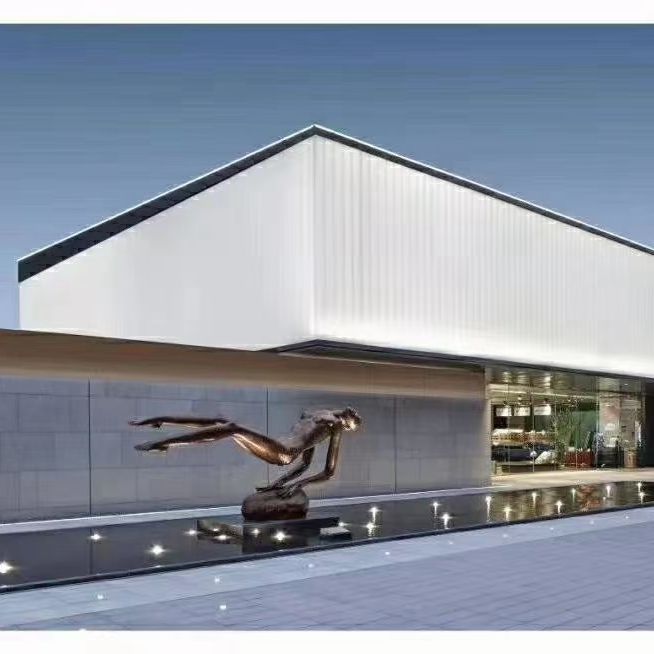
The Advantages of U Glass: A Revolution in Architectural Glazing
By Yongyu Glass, Architecture Correspondent
!U Glass
In the ever-evolving world of architecture, materials play a pivotal role in shaping the aesthetics, functionality, and sustainability of buildings. One such material that has garnered attention is U glass—a versatile glazing system that combines strength, transparency, and design flexibility. Let’s delve into the advantages of U glass and explore why it’s revolutionizing the way we think about architectural facades.
1. Unparalleled Strength and Durability
U glass stands tall—literally—when it comes to strength. Here’s why:
- Five Times Stronger: U glass boasts remarkable strength, up to five times stronger than ordinary glass of the same thickness. This robustness ensures longevity and resilience against external forces.
- Impact Resistance: Whether it’s a stray soccer ball or a sudden hailstorm, U glass remains unfazed. Its much greater resistance to impact minimizes the risk of breakage.
- Deflection Properties: U glass exhibits better deflection properties, making it ideal for large curtain walling sizes. Architects can confidently create expansive glazed facades without compromising structural integrity.
2. Soundproofing and Thermal Comfort
- Sound Barrier: U glass acts as a natural sound barrier, shielding occupants from external noise. Whether it’s a bustling city street or a nearby construction site, U glass keeps unwanted sounds at bay.
- Temperature Stability: Sudden temperature fluctuations are no match for U glass. Its thermal stability ensures that indoor spaces remain comfortable, regardless of the weather outside.
3. Aesthetic Versatility
- High Light Diffusion: U glass provides soft, diffused light—a boon for interior spaces. The gentle glow creates a serene ambiance, enhancing the overall experience.
- Curved Walls: Architects can unleash their creativity with U glass. Its U-shaped profile allows for curved walls, adding fluidity and visual interest to building exteriors.
- Tinted and Patterned Options: U glass isn’t limited to clear panes. It can be manufactured in various tints or patterns, allowing architects to play with aesthetics while maintaining functionality.
4. Practical Applications
U glass finds its place in diverse architectural contexts:
- Low-Level Glazing: From storefronts to lobbies, U glass adds elegance and transparency to ground-level spaces.
- Staircases: Imagine a spiral staircase enveloped in U glass—a stunning blend of form and function.
- Areas Under Thermal Stress: U glass thrives in areas exposed to temperature variations, such as atriums and conservatories.
Conclusion
As architects continue to push boundaries, U glass emerges as a game-changer. Its fusion of strength, aesthetics, and adaptability makes it a go-to choice for modern buildings. So, the next time you admire a sleek glass facade, chances are it’s U glass—quietly revolutionizing the skyline, one pane at a time.
Remember: U glass isn’t just transparent; it’s transformative.
Post time: Apr-30-2024
